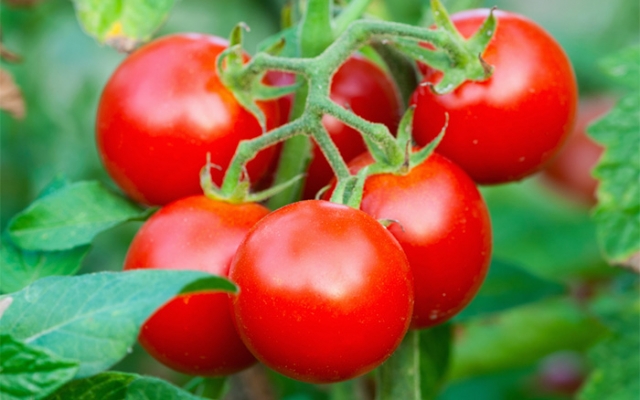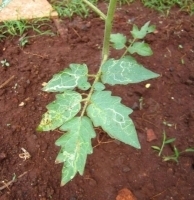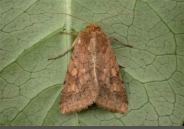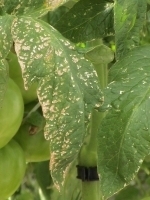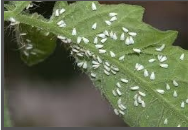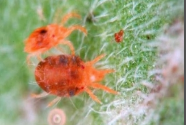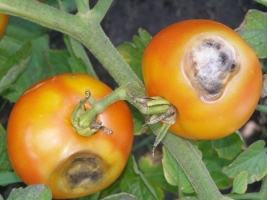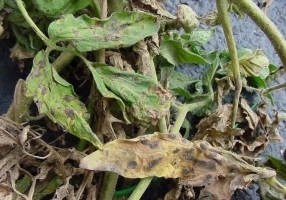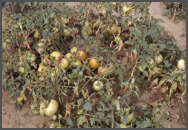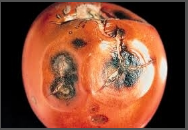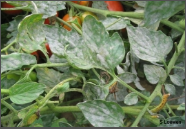Fertilizer Requirement (kg/acre)
Nutrient Requirement (kg/acre)
| NITROGEN |
PHOSPHORUS |
POTASH |
| 40 |
25 |
20 |
At the time of land preparation, apply well rotten cow dung@10 ton/acre and mix well in the soil. Apply fertilizer dose of N:P:K @40:25:20 kg/acre in form of Urea@90kg/acre, Single Super Phosphate@155 kg/acre and MOP@35 kg/acre. Apply half dose of nitrogen, full dose of Phosphorus and Potash applied as basal dose, apply it before transplanting. 20 to 30days after transplantation apply Remaining 1/4th dose of nitrogen. Two month after transplantation, apply remaining dose of Urea.
WSF: 10-15days after transplanting, take spray of 19:19:19 along with micronutrient@2.5 to 3 gm/Ltr of water. Due to low temperature, plant absorbs less nutrient and growth get affected. In such cases Foliar spray helps in growth of plants. In vegetative growth stage take spray of 19:19:19 or 12:61:0 @ 3-5gm/Ltr. For better growth and more yield, Spray with 50ml Brassinolide per acre in 150Ltr of water at 40-50 days after transplanting for two times at 10 days intervals.
Obtain good fruit quality along with good yield, take spray of 12:61:00 (Monoammonium Phosphate)@10 gm/Ltr before flowering. When flowering start, in initial days take spray of Boron@25gm/10liter of water. It will help to control flower and fruit dropping. Sometime black spots is observed on fruits, these are due to calcium deficiency. Take spray of calcium nitrate@2gm/Ltr of water. In high temperature Flower drop is seen, spray with NAA@50ppm (50ml/10L water) when crop is in flowering stage. Give one spray of sulphate of potash(00:00:50+18S) during fruit development stage@3-5gm/ltr of water. It will give good fruit development and colour. Fruit cracking reduces fruit quality and lowers prices up to 20%. Take spray of chelated boron(Solubor)@200gm/acre/200Ltr water at fruit ripening stage. To improve plant growth, flowering and fruit set, Spray with sea weed extract (Biozyme/Dhanzyme)@3-4ml/Ltr water twice a month. Maintain good soil moisture.

